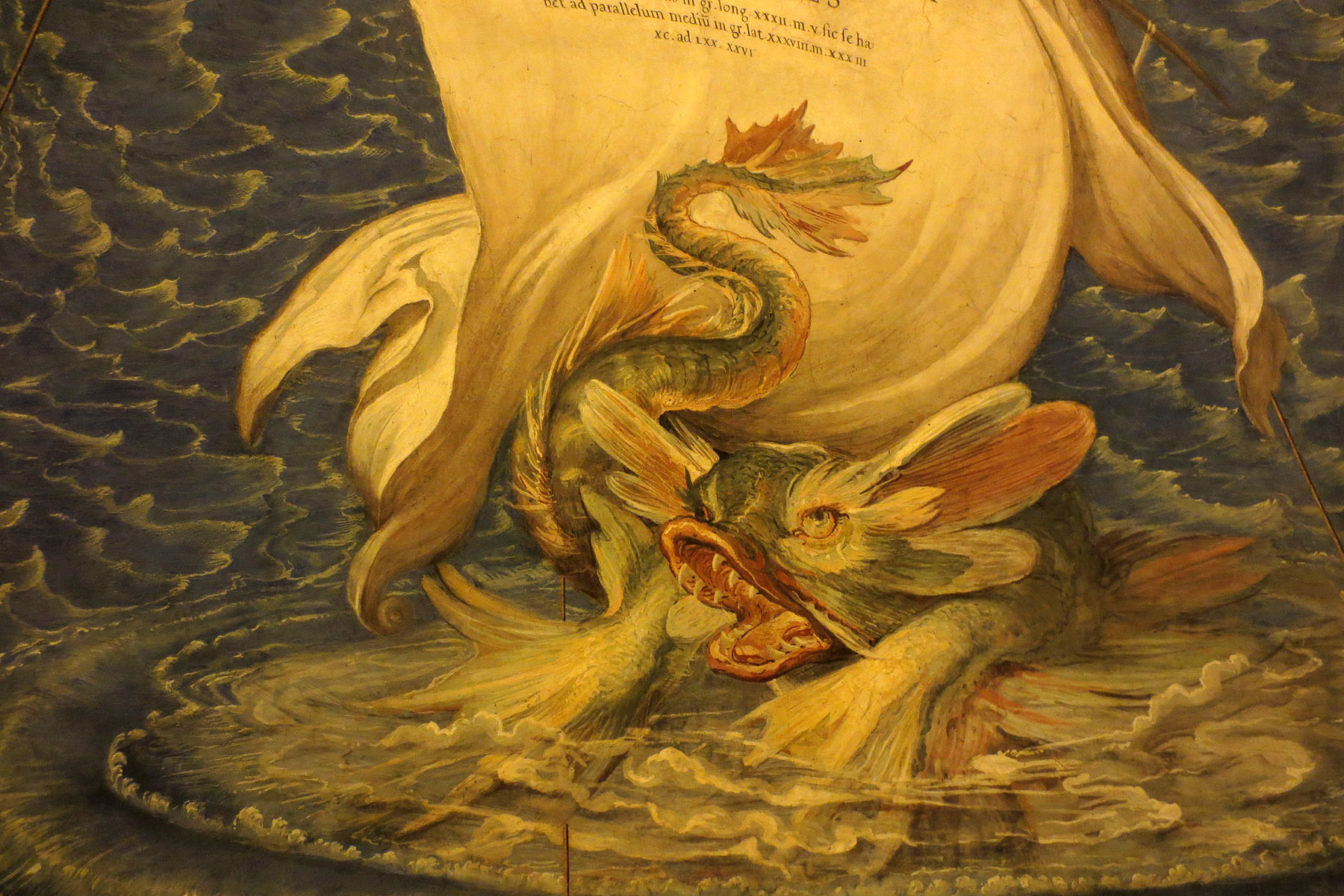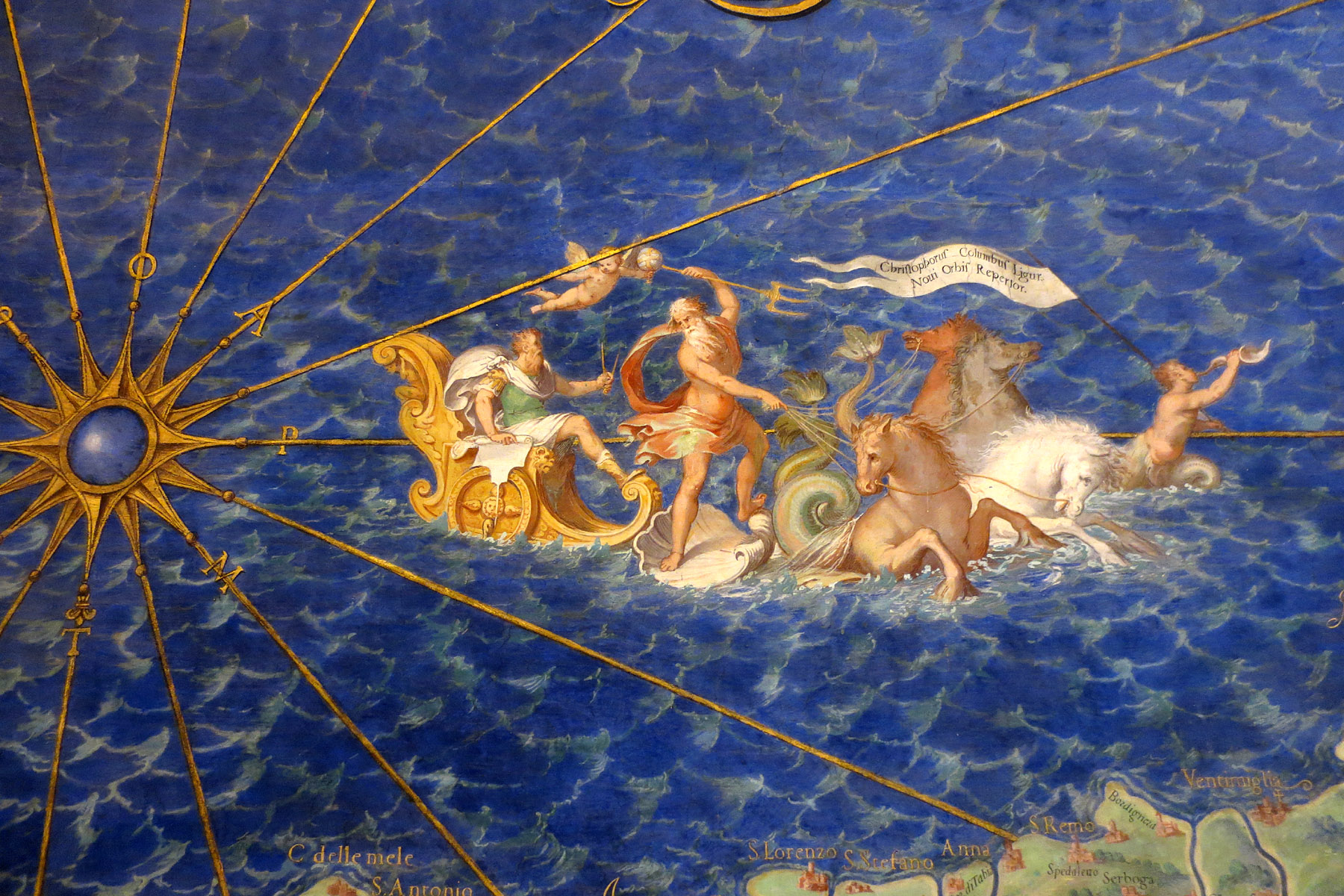An astonishing work, from Kestrel: There is a group that issues a fun challenge to model horse tack makers: push your skill set and see if you can make a nice piece of tack in one month. For the project I chose to make a hackamore in 1:32 scale (normally I work at 1:9) and the goal is to make it look as much like a piece of tack for a living horse while being in scale and as detailed as possible. This was hard… it really was a challenge for me to go this small.
Click for full size!
It all started with a single white horsehair. I braided 8 strands of very fine silk over the hair, to create the base of the noseband (bosal) for the hackamore. I have to check to see if it will look in scale:
Then I tie a series of braided knots in the silk, to create the finished bosal, a very complicated little device:
We need some buckles for the headstall to hold the bosal on the horse’s head:
Next I have to make the headstall of leather, and why not tie a few more braided knots on it to make it decorative. Also I need to braid a long rope with a tassel at one end and a leather popper on the other (mecate) which is the traditional way of rigging reins and a lead rope:
The finished piece, which hopefully looks like it could be full-sized on a live horse:

































